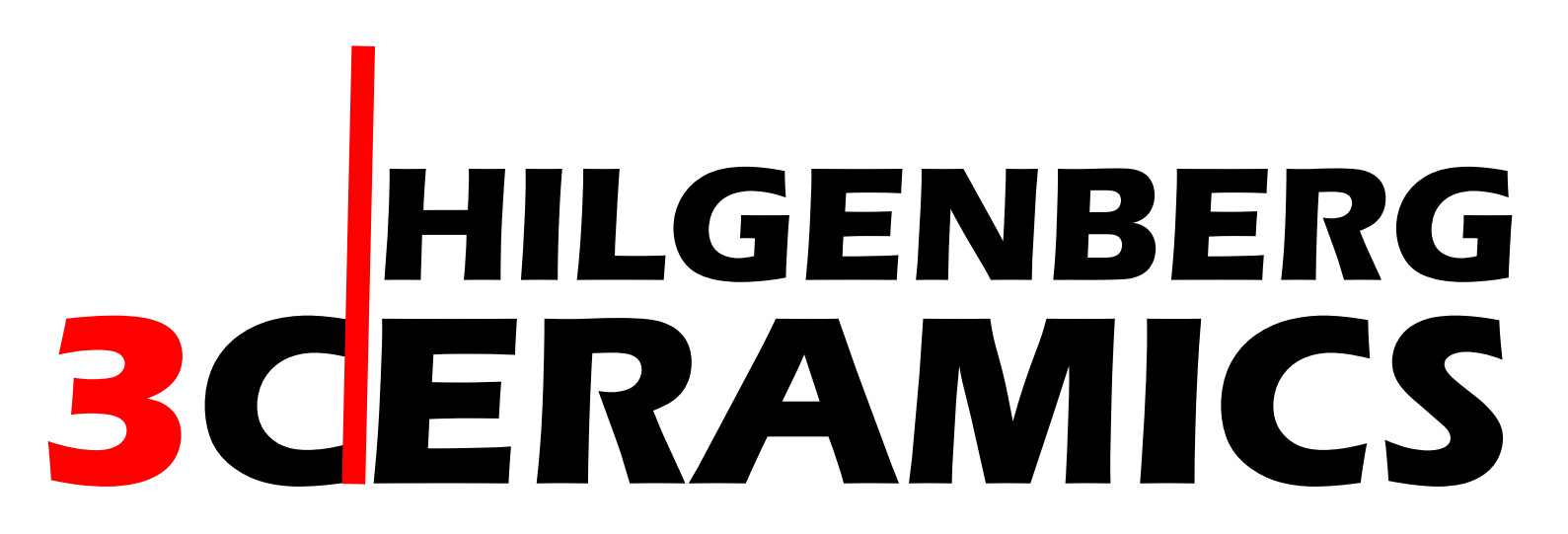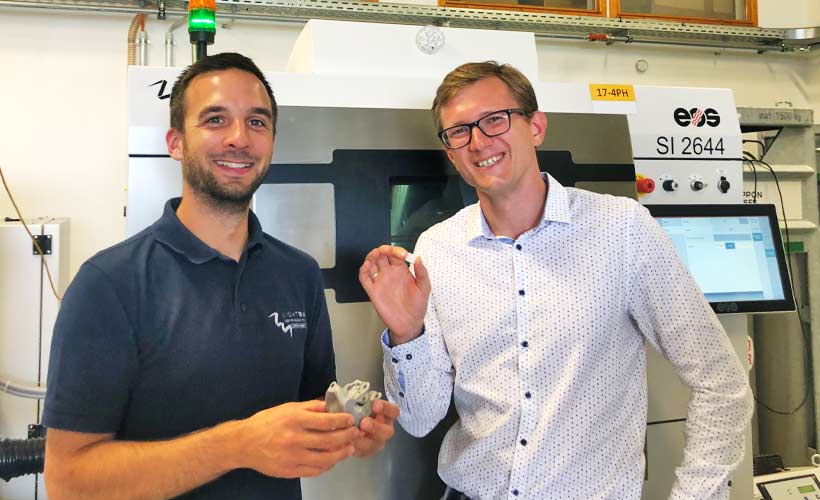The trend in customer inquiries is increasingly moving towards system solutions that have to meet complex and individual requirements. This calls for technical expertise and a degree of scientific creativity on the part of producers. As individual materials have clear limitations, we are convinced that the combination of metal and ceramics is the solution for increasingly complex material requirements in industry and research. This becomes clear when you consider the advantages of both material classes:
- Ceramic 3D printing enables the production of complex and intricate components, whose most important properties include high hardness and abrasion resistance as well as temperature stability up to 2000°C. Technical ceramics can also withstand alkalis and acids, are non-magnetic and an excellent electrical insulator.
- Metal 3D printing can be used to produce much larger and equally complex components based on established metal processing. Depending on the alloy, metals have a wide range of material properties and are therefore ideal for many highly dynamic motion sequences. 3D printing as a manufacturing process enables new innovative surfaces and nested shapes.
Through the cooperation, both companies also hope to further develop digital tools such as data pre-processing, QC and online configurators more effectively. In the future, customers can expect components and machines with a level of precision and individual functionality that is currently unheard of on the market.
One example:
For laser welding, a 3D-printed metal robot arm was manufactured with ceramic 3D-printed grippers made of high-purity aluminum oxide attached to its tip. Aluminum oxide can withstand the high temperatures of laser welding (up to approx. 1600°C) and does not transfer any heat to the metal arm due to its low thermal conductivity. The combined metal and ceramic component therefore offers the customer unique, relevant functionality and leads to a significantly longer service life.
The example shows that the innovative combination of the metal and ceramic material classes takes additive manufacturing to a new level and enables the production of completely new, previously unrealizable components.
Thomas Hilger says about the cooperation:
"LIGHTWAY's philosophy has been right from the start: We want to offer customers more than just standard. We want to master technical challenges in additive manufacturing! Thanks to the cooperation with Hilgenberg-Ceramics, we can include technical ceramics in our portfolio and thus offer our customers added value."
Alex Hilgenberg shares this enthusiasm:
"In intensive discussions with LIGHTWAY, we quickly realized that we have a shared vision of the future of 3D printing. By pooling our expertise, we can develop solutions much more quickly and effectively."
Facts about Lightway GmbH & Co. KG
-
- Founded in 2016 by Pascal Schäfer and Thomas Hilger, based in Niederzissen.
- Since the company was founded, its expertise in additive manufacturing and the development and design of high-performance components for mechanical engineering and aerospace technology has been further expanded
- Rapid establishment in the core business of selective laser melting (SLM) with customers from a wide range of industries such as mechanical and plant engineering, electrical engineering, automotive and toolmaking, aerospace and medical technology.
- Special feature: Offers the complete process chain from the idea to series production in-house.
Facts about Hilgenberg-Ceramics GmbH & Co. KG
- Founded in 2019 by Alex Hilgenberg, based in Höhr-Grenzhausen (CeraTechCenter in the environment of FGK, ECREF and the Koblenz University of Applied Sciences)
- Specialized in additive manufacturing of technical ceramics using stereolithography. The focus is on small, complex and filigree components (pixel resolution 0.05 mm)
- Special feature: comprehensive support in the development of new products or adaptation of existing components for ceramic 3D printing, high flexibility and delivery reliability

